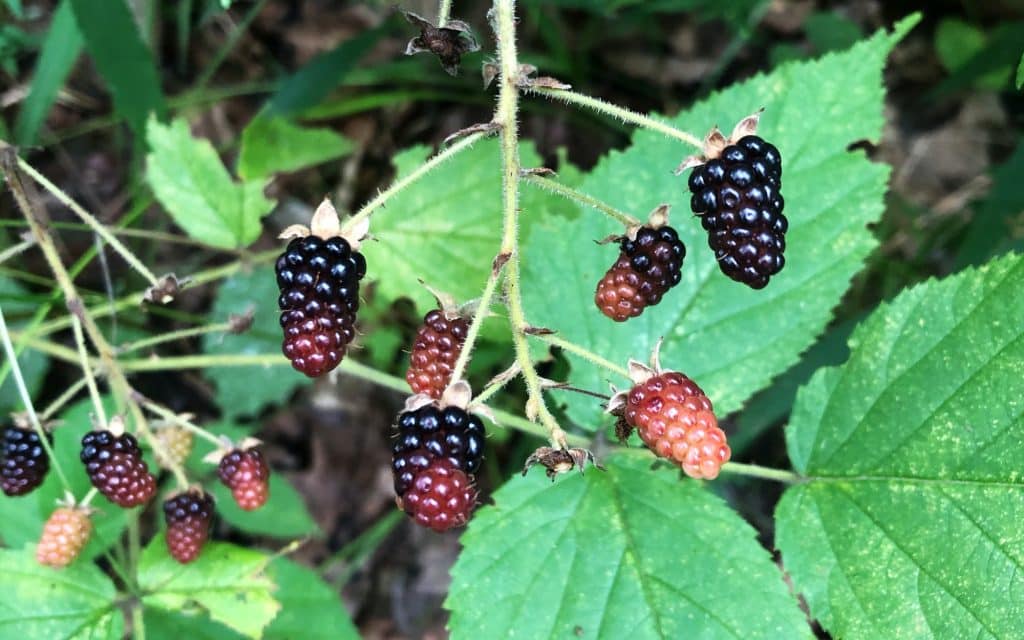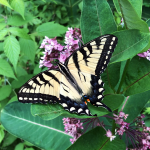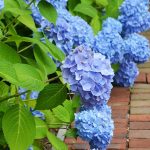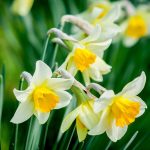A Beginner’s Guide to Backyard Berries: How to Grow Strawberries, Blueberries, Raspberries, and Blackberries
Learn the basics of how to grow berries in New England, including strawberries, blueberries, raspberries, and blackberries.

Coffee By Design | Portland, Maine
Photo Credit : Katherine KeenanEver wondered how to grow berries in New England? Native strawberries, blueberries, raspberries, and blackberries sell like hotcakes at local farmers’ markets every summer, so why not skip the middleman and grow your own? Visit a reputable local garden center for healthy plants, then get growing! Below are some handy hints for planting, caring for, and harvesting popular New England summer berries, plus a link to even more information from the agriculture experts at UNH Extension.
How to Grow Strawberries
Few things taste as good as a fresh native strawberry. Treat yourself to a home supply that will replenish itself for years to come.
When: Plant in early- to mid-spring to enjoy fruit this summer.
Planting: It’s recommended you plant 20-30 plants for a generous crop. Plant your strawberries in rows, six inches apart, making sure they will get a minimum of 6-8 hours of sunshine per day. Laying down straw between the plant and the soil will help keep fruit off the ground, where it can quickly rot.
Care: Weed frequently and keep your plants watered. You’ll also want to watch for “runners,” which are long stems with new tiny plants at the end. A strawberry plant will send out runners to take root nearby and form new plants. This is helpful because strawberry plants lose their oomph over time, but you’ll want to keep an eye on where the runners roam. An orderly strawberry patch is a happy strawberry patch. Cover your strawberry plants with mulch or straw for extra protection over the winter. They’ll pop up on their own next spring.
Harvesting: Once the greenish-white berries form keep a close watch – they will ripen to red in a matter of days. You should plan for 2-3 weeks of fresh berries, from June until early July.
Learn More: UNH Extension “Growing Strawberries”
How to Grow Blueberries
If you’re willing to take on the deer and birds to protect your crop, these berries (indigenous to North America) make everything taste better.
When: Early spring.
Planting: Blueberry bushes from the garden center are large and hardy. Dig a hole twice as wide and twice as deep as the roots in a sunny spot with acidic, well-drained soil. Space plants 5 feet apart, and generously cover with 2-4 inches of mulch.
Care: Prune in late winter or early spring for best results by removing low growth and dead or weak shoots. You can (and should) prune more generously once your bushes are fully established.
Harvesting: Blueberries need to be blue all the way around for them to reach peak flavor.
Learn More: UNH Extension “New to Growing Blueberries”

Photo Credit : Aimee Tucker
How to Grow Raspberries and Blackberries
When: Early spring
Planting: Plant a hedge row with crowns two feet apart, in a sunny spot with well-drained soil. A trellis is useful, if not essential, in keeping your canes tidy and your fruit accessible and unblemished.
Care: All bramble crops need pruning annually. Raspberry plants are perennials, but raspberry canes (aka their arm-like branches) have a two-year life cycle. First-season canes (primocanes) are green and produce no fruit. Second-season canes (floricanes) have a brown bark and produce fruit in early- to mid-summer, before dying. Be sure to prune all the spent floricanes every year after harvest.
Harvesting: Raspberries are ready to pick when you can easily pull them from the core. Blackberries do not separate from the core, so pick and sample once they have a deep color and taste if it’s time.
Learn More: UNH Extension “Growing Fruits: Raspberries and Other Bramble Crops”
See More:
Best Pick-You-Own Fruit Farm in Every New England State
12 Classic Berry Recipes From the Yankee Archives







